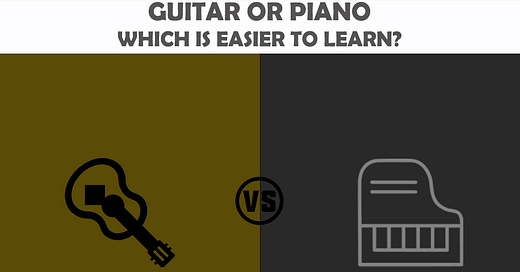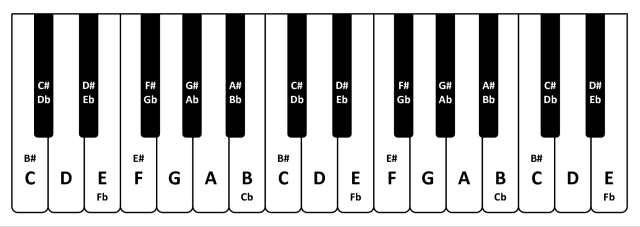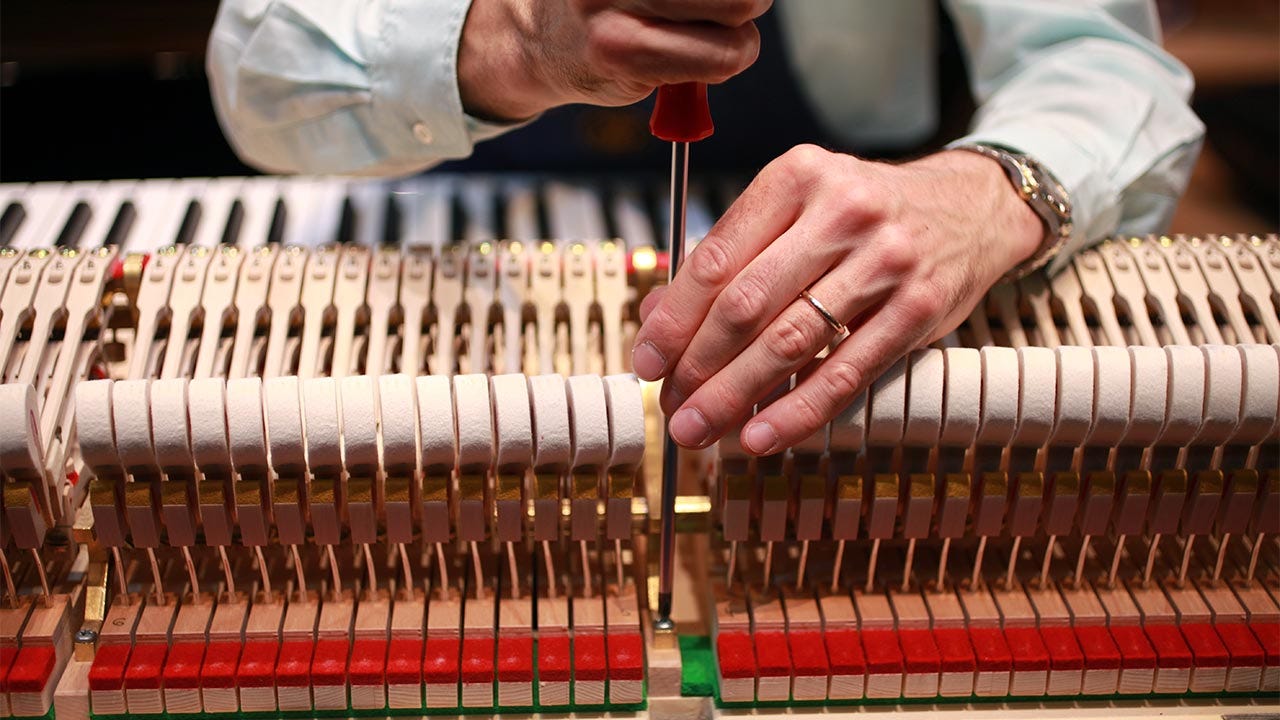Piano vs. Guitar: Which is easier to learn?
When it comes to learning an instrument, one of the first questions that often arises is, “Is it easier to learn guitar or piano?”
This question is a crucial starting point for aspiring musicians who want to choose the instrument that aligns best with their goals, abilities, and preferences.
In this opinion piece, i'll explain the nuances of learning guitar and piano, offering insights that will assist you in making an informed decision about your musical pursuit.
Let’s start the battle.
Which has a Simpler Layout?
The layout of an instrument can significantly impact the ease of learning. Let’s explore how the design of the piano and guitar influences the learning process.
Piano: Simple and Linear Layout
Piano keys follow a straightforward and linear arrangement. With seven white keys and five black keys per octave, the layout remains consistent. Moving to the right increases pitch, while moving to the left decreases it. This simplicity makes learning scales and other theory concepts relatively easy.
For instance, the D major scale can be played by moving in a single direction on the piano, providing a clear and logical progression.
Guitar: Complex Fret System
In contrast, the guitar’s fret system can seem more intricate. Although there are only six strings compared to a piano’s multitude of keys, each string can produce multiple pitches. Learning scales on the guitar involves navigating a series of zigzags across frets and strings, which can be challenging for beginners.
Many novice guitarists opt to learn chord shapes early on rather than delving into theory fundamentals. While this approach is suitable for playing chords in songs, it may hinder the development of a deeper understanding of music theory.
In essence, the piano’s straightforward layout makes it easier to grasp essential concepts, while the guitar’s fret system offers its own advantages, especially for those focused on chord-based playing.
Which is Easier for Learning Songs?
Learning songs is often the initial motivation for many budding musicians. Both guitar and piano offer unique advantages in this regard, but they cater to different learning styles.
Guitar: A Quicker Start to Song Playing
Guitar enthusiasts often find that they can start playing songs relatively quickly. Guitar students typically begin with chords and strumming patterns, often mastering them within the first few lessons. The beauty of the guitar lies in its simplicity for beginners. Many popular songs utilize a limited selection of chords, enabling beginners to enjoy playing familiar tunes without much delay.
Moreover, once a guitarist has learned a chord shape, they have the freedom to strum or pluck in various patterns, all while staying within the harmony of the chords. This versatility empowers guitarists to create music that sounds good, both for personal enjoyment and for sharing with others.
Piano: A Deeper Dive into Theory
Learning songs on the piano takes a slightly different path. Piano instruction often begins with theory fundamentals, including note names and scales, before getting into chords. This foundational approach ensures a solid understanding of the instrument’s mechanics. However, it may take longer for piano students to reach the point of playing full songs, as the focus initially lies on building a strong theoretical foundation.
Additionally, piano players may face challenges when transitioning between chords, as they need to employ chord inversions for smoother progressions. The piano’s larger and louder nature can also make it harder to sing along while playing.
In summary, learning guitar is often considered easier for those seeking a swift entry into playing songs, while the piano’s depth lies in its theoretical foundations.
Which is Easier to Self-Teach?
Self-teaching is a common approach for many aspiring musicians. Let’s find out whether learning guitar or piano independently is more accessible.
Guitar: Quick Progress with Chords and Strumming
Guitar offers a more straightforward path to self-teaching. Learning a few chord shapes and a simple strumming pattern can enable guitarists to play recognizable songs relatively quickly. The guitar’s simplicity at the beginner level makes it accessible for those who prefer independent learning.
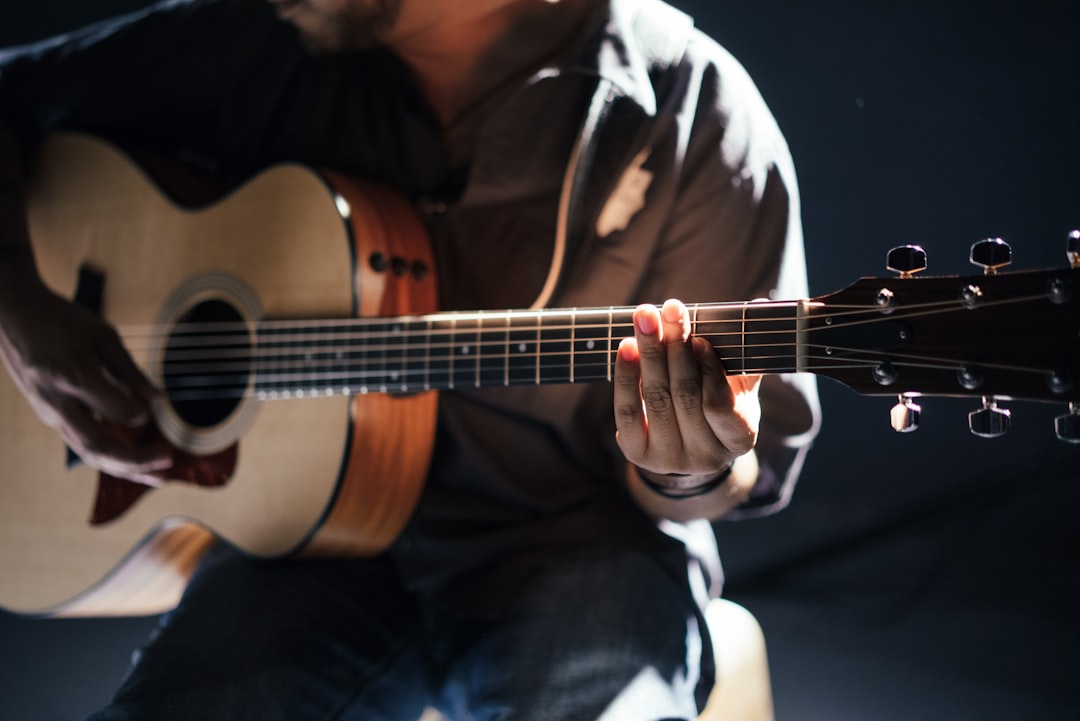
Piano: A Longer Journey with Theoretical Foundation
Self-teaching the piano may require more time and dedication. The piano’s emphasis on theory and foundational knowledge means that self-learners must invest more effort in understanding musical concepts. Having a guide or structured resources can be particularly helpful for those choosing to self-teach piano.
Which has an Easier Beginner Technique?
The early stages of learning an instrument can be both exciting and challenging. Let’s explore how guitar and piano differ in terms of technique, both for beginners and as players progress.
Early-Beginner Technique
During the initial months of consistent practice, the piano offers a more straightforward technique. Both hands use similar positions, and striking a piano key consistently produces a clean note. This simplicity is advantageous for beginners who are building their foundational skills.
Conversely, the guitar presents more challenges at this stage. Pressing strings too lightly can result in buzzing, and the lack of calluses may cause finger discomfort after prolonged playing. Coordinating between plucking or strumming with the right hand and finger placement on the fretboard with the left hand requires additional effort.
Mid-Beginner Technique and Beyond
As musicians progress beyond the early stages, it becomes challenging to definitively declare which instrument presents more difficulty. At advanced levels, both the piano and guitar offer complex challenges that push players to their limits.
Guitarists grapple with the subtleties of controlling sound through strumming and plucking, leading to a wide range of tones. Techniques vary from harsh metallic strums with a pick to delicate arpeggio patterns picked by fingers, each demanding precision.
Pianists, on the other hand, navigate the intricacies of playing notes independently with both hands, allowing for highly complex fingerwork. The piano’s expansive range often requires musicians to execute challenging leaps swiftly, testing their agility.
Ultimately, determining which instrument has more difficult technique at the advanced stage depends on individual preferences and goals. Regardless of the choice, both offer opportunities for musicians to push the boundaries of their abilities.
Which is Easier for Children?
Introducing music to young children requires consideration of their physical and mental development. Let’s explore which instrument may be more suitable for children aged 5 to 10.
Piano: Gentle Introduction for Young Learners
Teaching young children the piano can be advantageous due to its gentler learning curve. In the early stages, piano students can focus on playing melodies with one hand, avoiding the discomfort of pressing down on guitar strings and the coordination challenges of managing two distinct tasks.

Guitar: Consider the Ukulele
While some children may enjoy the guitar, it’s worth noting that young beginners may experience finger soreness and coordination difficulties. To mitigate these challenges, consider starting them on the ukulele, a smaller instrument with four closely placed and easy-to-press strings. The ukulele can serve as a stepping stone to the guitar, allowing children to build foundational skills before transitioning to a larger instrument.

Which is Easier to Share Music with Others?
Sharing music is a fundamental aspect of the musical experience. The ease with which you can share your musical talents can influence your instrument choice.
Guitar: Portable and Social
The portability of the guitar makes it an ideal choice for sharing music with others. You can bring it to outdoor gatherings, intimate events, or cramped spaces. Playing the guitar can easily become a part of group conversations and interactions, adding a social dimension to your musical journey.
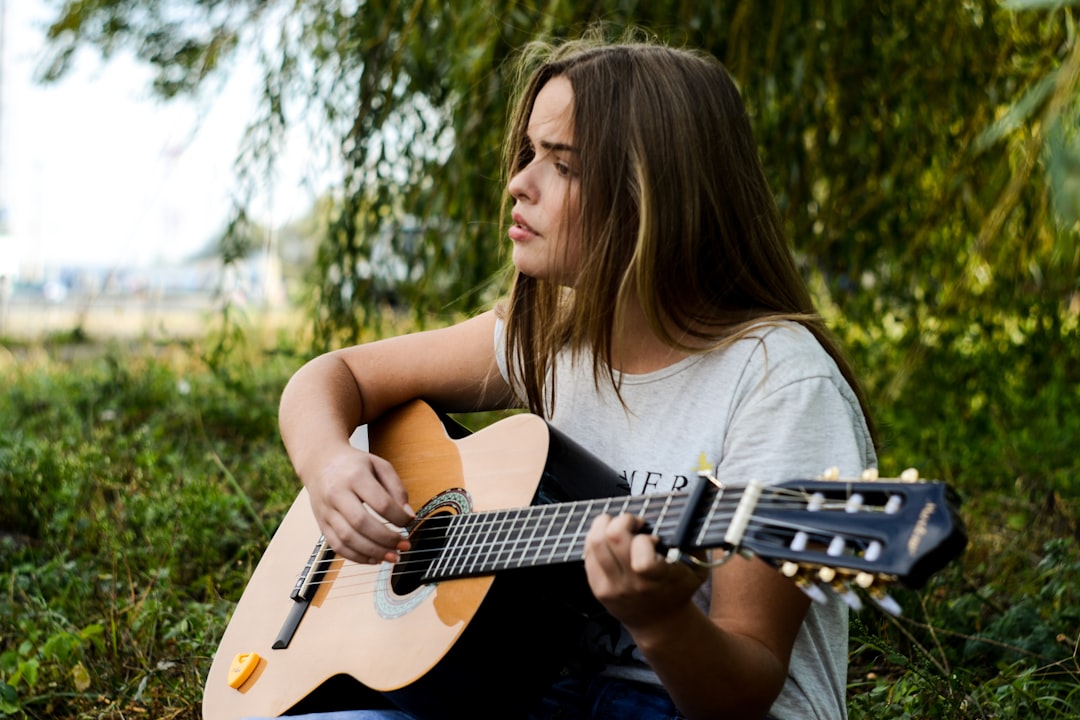
Piano: Center of Attention
Sharing music on the piano can be more challenging due to its size. The piano often becomes the focal point in any setting, making it less conducive to casual, impromptu performances in group settings.
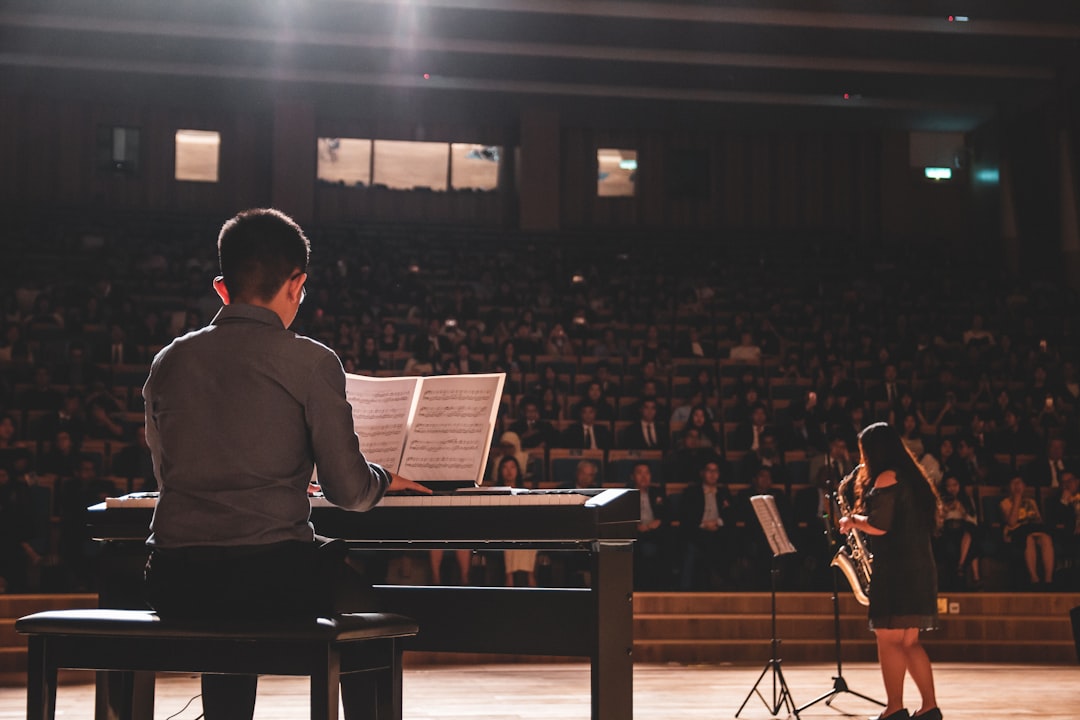
While it excels in solo or formal performances, the piano’s presence may deter casual jam sessions.
Which is Easier to Maintain?
Maintenance considerations can impact the long-term cost and convenience of playing an instrument.
Guitar: Cost-Effective and Quick Maintenance
Guitar maintenance is generally more cost-effective and straightforward. Guitars hold significantly less tension in their strings compared to pianos. As a result, tuning a guitar is a relatively quick and inexpensive process, often manageable by the player.
Restringing a guitar is also budget-friendly, with costs ranging from a few dollars to a moderate sum. This affordability ensures that keeping your guitar in optimal condition is accessible.
Piano: Complex and Expensive Maintenance
Pianos, in contrast, require substantial maintenance due to the thousands of pounds of tension held in their strings. Tuning a piano is a specialized task that typically involves hiring a technician, resulting in costs ranging from $100 to $200 or more per tuning session.
Restringing a piano is a significantly more expensive endeavor, potentially costing hundreds or even thousands of dollars. This expense is a long-term consideration for piano enthusiasts.
Guitar vs. Piano – Easier Overall
In conclusion, the question of whether it’s easier to learn guitar or piano depends on individual preferences, goals, and circumstances. Even though I prefer and recommend the piano, each instrument offers its unique advantages and challenges, making them suitable for different musical journeys.
Overall, the guitar tends to be perceived as easier to learn, particularly in the beginner stages, due to its portability, quick song mastery, and accessibility for self-learners. However, those interested in classical music or formal piano performance may find the piano to be a more suitable option.
Ultimately, the choice between guitar and piano should align with your musical aspirations and resonate with your passion for creating music. Whichever path you choose, the journey of learning and mastering an instrument is a rewarding endeavor that opens doors to a world of musical expression and creativity.
If you’re considering learning the piano, check out PianoForAll, a complete program that will get you started on your journey to playing the piano.
As you start learning an instrument, remember that consistency is key in the early stages. Finding creative ways to stay motivated, can make practicing more enjoyable and productive.
What are some strategies you use to make the early stages of learning a new skill enjoyable? Share your insights and experiences as you begin your musical adventure.


